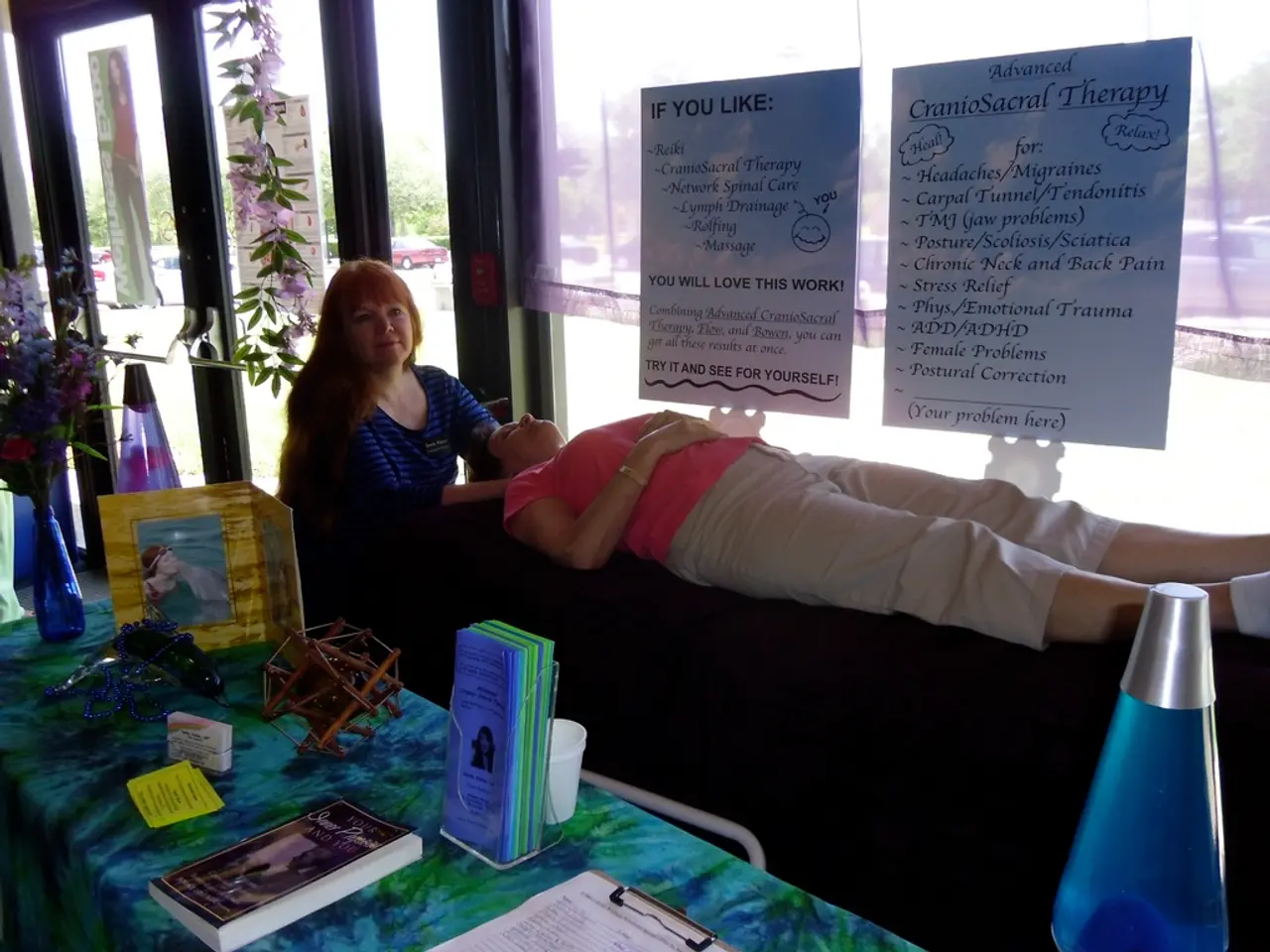Strategies for personal wellness while managing Parkinson's condition
Living with Parkinson's disease can present numerous challenges, but effective self-care practices can help manage symptoms and improve quality of life. This article outlines a range of strategies for individuals with Parkinson's and their caregivers.
Self-Care for Individuals with Parkinson's Disease
A combination of physical, cognitive, emotional, and lifestyle strategies forms an effective self-care foundation for people with Parkinson's. Regular physical exercise, such as walking, swimming, cycling, tai chi, or yoga, helps maintain cardiovascular health, flexibility, balance, and muscle strength. Working with a physical therapist experienced in Parkinson’s can develop personalized exercise plans targeting mobility challenges.
Physical therapy, occupational therapy, and speech therapy also play crucial roles in managing Parkinson's symptoms. Physical therapy improves movement and balance, occupational therapy supports independence in daily tasks, and speech therapy helps with voice and swallowing difficulties.
Cognitive activities, like hobbies, reading, puzzles, learning new skills or languages, and social group activities, help maintain memory and focus. Establishing a daily routine with consistent sleep schedules enhances mood and cognitive function, while structured activities, including social engagements and purposeful goals, support emotional well-being.
Stress management and mindfulness practices, such as meditation and relaxation, can reduce stress and improve focus, complementing other therapies. Falls prevention measures, such as using proper walking aids, choosing supportive footwear, avoiding distractions while walking, and participating in tailored fitness programs, also help reduce fall risk.
Self-Care for Caregivers
Caregivers should also prioritize their physical and emotional health. This includes engaging in regular exercise, managing stress through mindfulness, and seeking social support to prevent burnout. Caregivers should also stay informed and seek professional guidance to optimize patient support. Creating routines and encouraging patient engagement facilitates better symptom management and quality of life.
The Importance of Self-Care
Exercise may help prevent or slow the progression of Parkinson's disease symptoms, as well as help a person manage them. Exercise has a positive impact on both motor and nonmotor symptoms of Parkinson's disease. A hobby can help a person with Parkinson's practice self-care, manage stress, boost confidence, and improve overall quality of life.
Learning about Parkinson's disease from healthcare professionals and relevant organizations such as the Parkinson's Foundation, American Parkinson Disease Association (APDA), and The Michael J. Fox Foundation can empower a person to play an active role in their care and managing their symptoms. Massage therapy can improve sleep disturbances, reduce pain, fatigue, anxiety, and depressive symptoms in people with Parkinson's disease.
Socializing is crucial for brain health, despite the challenges posed by Parkinson's disease. Strong social ties can stimulate attention and memory, strengthen neural networks, and improve mood. An occupational therapist can help people with Parkinson's disease retain their independence by providing help and training on new ways to carry out daily activities, recommending equipment and aids, giving advice on getting out and about, and helping a person find ways to continue with their hobbies.
Wellness activities such as yoga and meditation are other ways people with Parkinson's disease can practice self-care. A 2021 mixed-treatment comparison analysis suggests that yoga and walking are important options for increasing mobility and functional balance in people with Parkinson's disease. Core elements of exercise for people with Parkinson's disease include aerobic, strength, balance, and stretching exercises.
Tips for a healthy, balanced diet for people with Parkinson's disease include eating a variety of food groups, increasing calcium and vitamin D intake, staying hydrated, eating fiber-rich foods, and limiting intake of sugar, alcohol, and caffeine. Research suggests that strong social ties can stimulate attention and memory, strengthen neural networks, and improve mood.
In conclusion, self-care is defined as the practice of activities that individuals initiate and perform on their own behalf in maintaining life, health, and well-being. By incorporating physical exercise, cognitive stimulation, structured routines, stress reduction techniques, and professional therapies into their lives, individuals with Parkinson's and their caregivers can effectively manage symptoms and improve their quality of life.
- Yoga, coupled with regular physical exercise like walking and cycling, is a key strategy for individuals with Parkinson's to maintain cardiovascular health, flexibility, balance, and muscle strength.
- Apart from physical therapy, both occupational and speech therapy offer crucial support for individuals with Parkinson's by addressing independence in daily tasks, voice difficulties, and swallowing challenges.
- Incorporating cognitive activities such as hobbies, reading, and social group activities, and maintaining a consistent daily routine, can contribute significantly to improved memory, focus, mood, and emotional well-being for those with Parkinson's.
- A balanced diet rich in various food groups, high in calcium and vitamin D, and low in sugar, alcohol, and caffeine, plays a vital role in nutrition for individuals with Parkinson's, promoting overall health and well-being.




